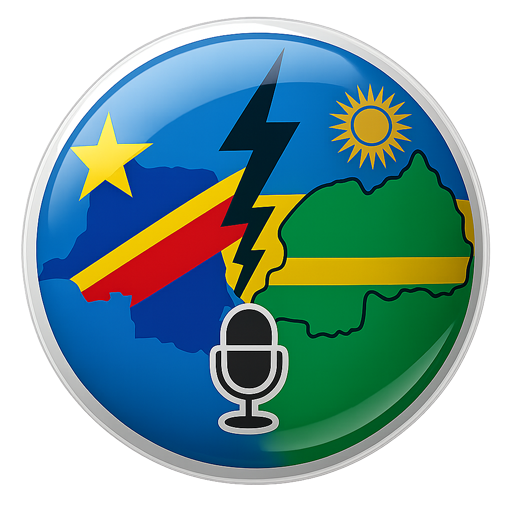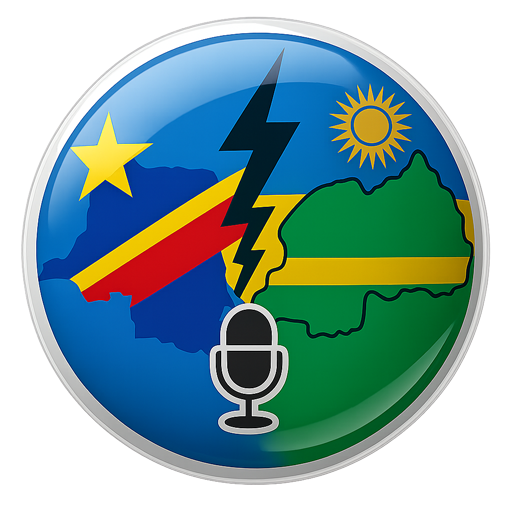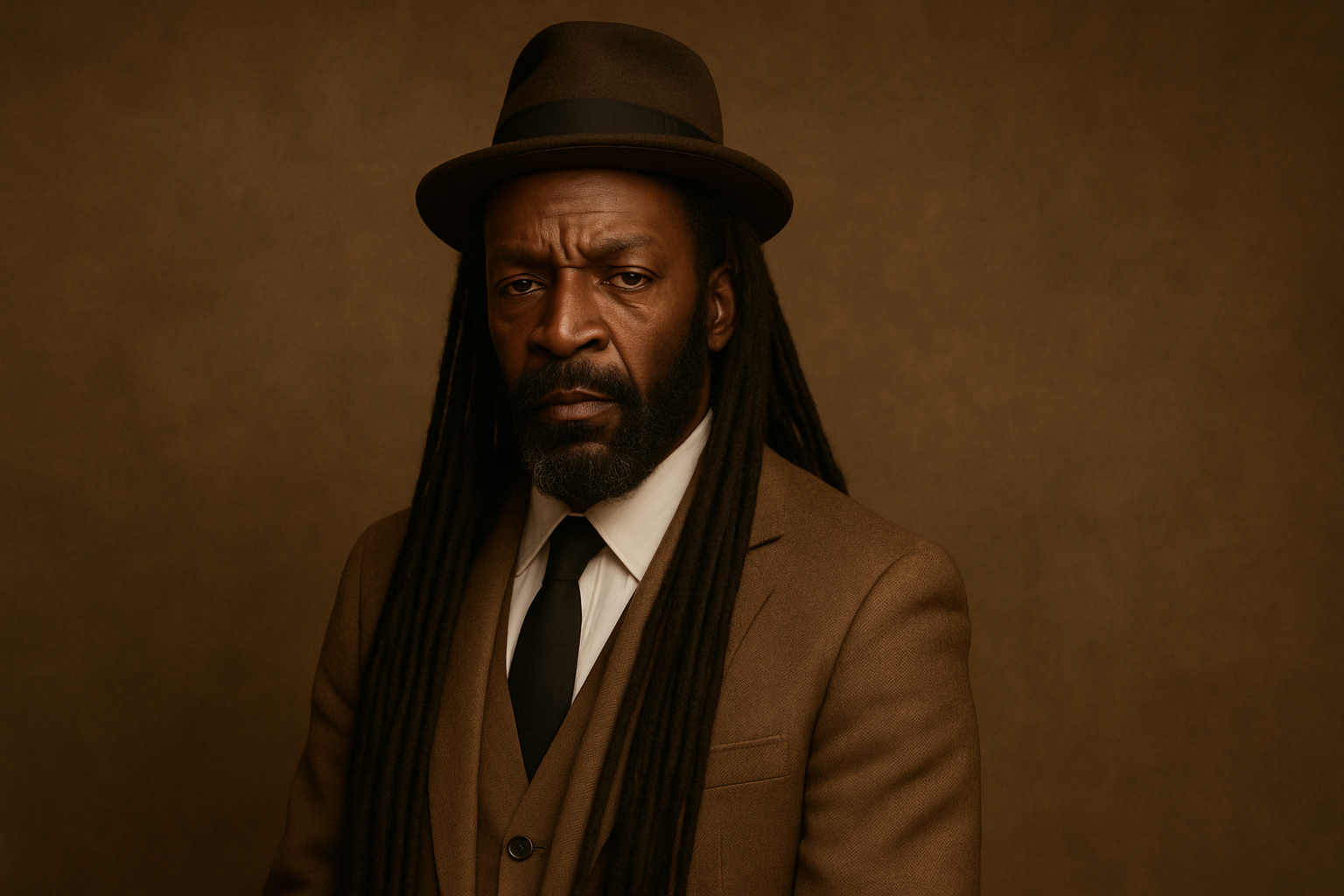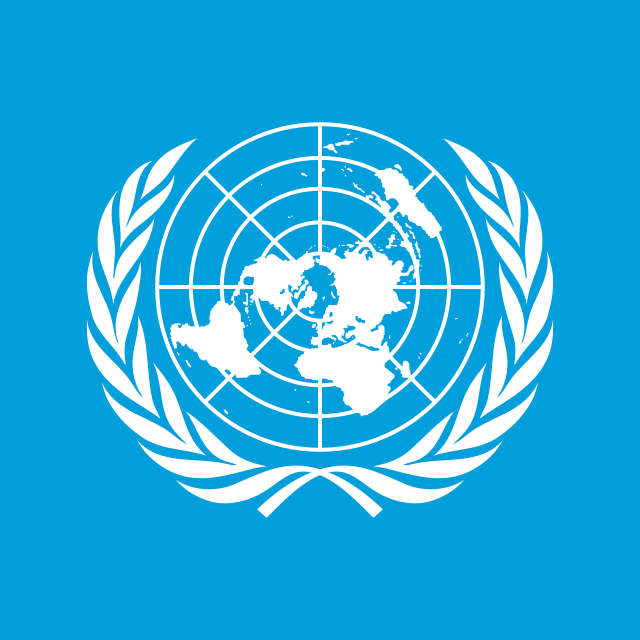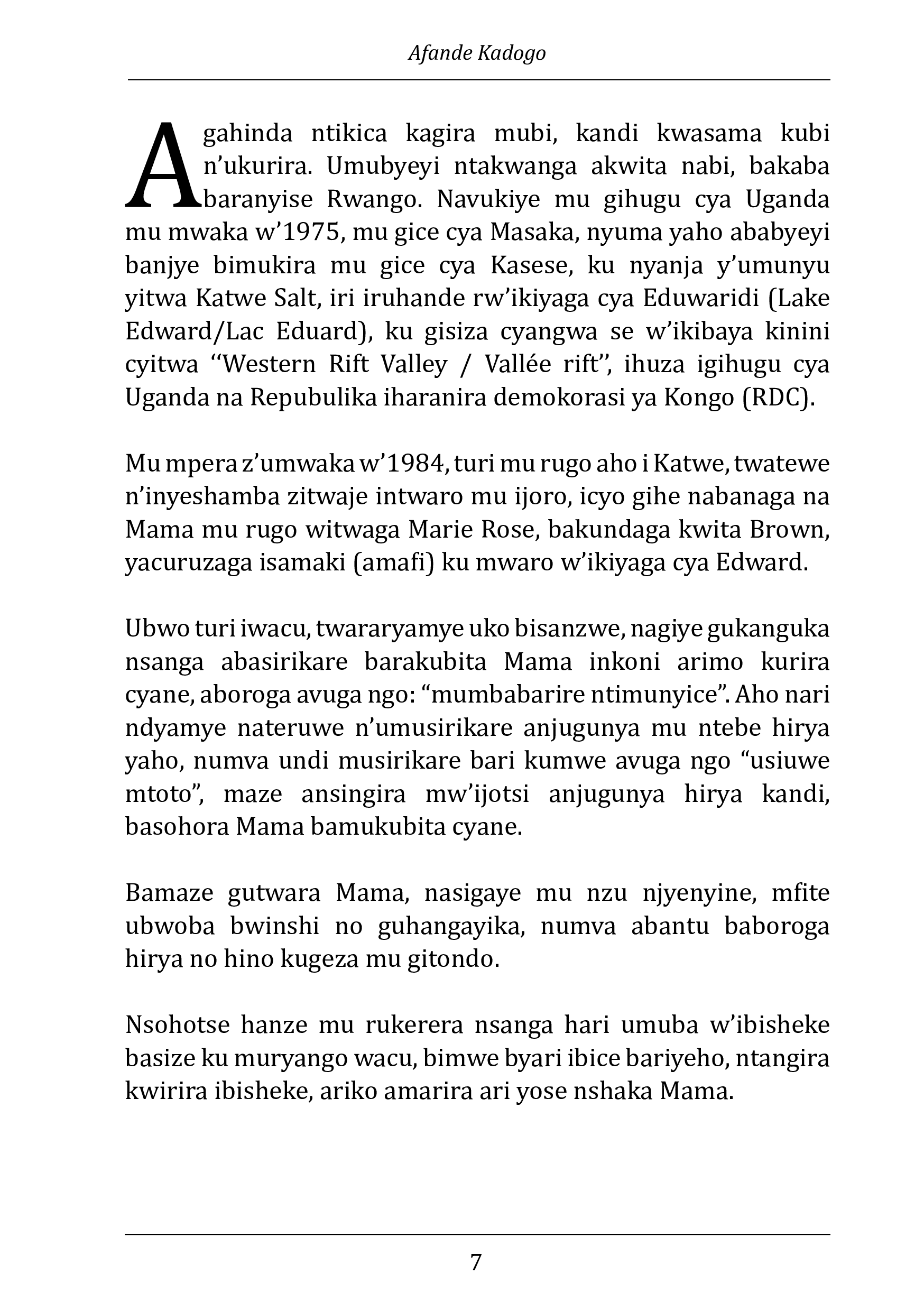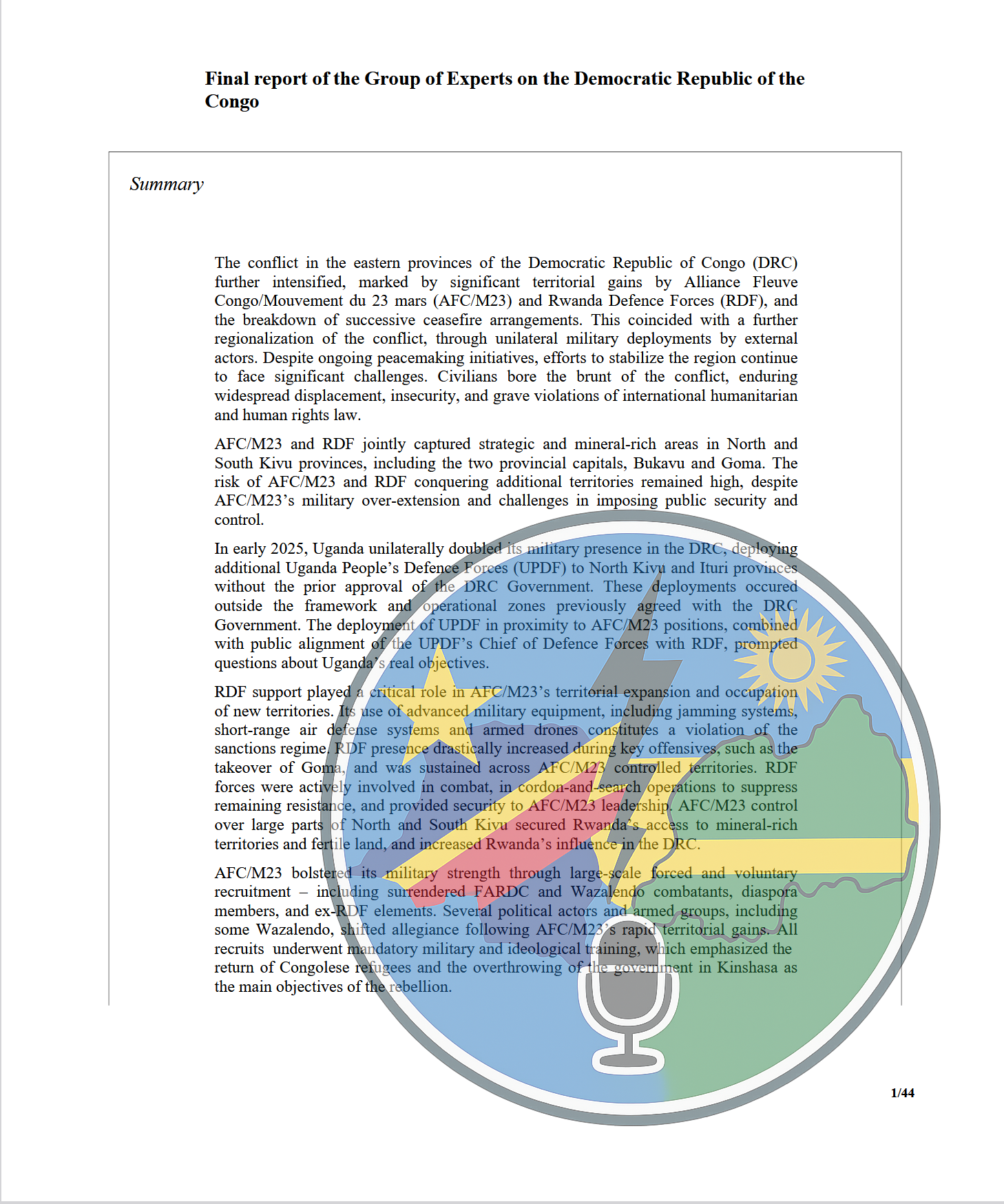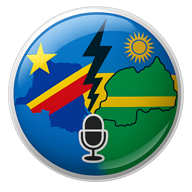-
Newsfeed
- ERKUNDEN
-
Seiten
-
Gruppen
-
Veranstaltungen
-
Foren
-
Filme
-
Entwickler
-
Merits
-
21 Beiträge
-
242 Fotos
-
1 Videos
-
Male
-
Follower 0 Menschen
Neueste Updates
-
Good respect0 Kommentare 0 Geteilt 360 Ansichten 0 BewertungenBitte loggen Sie sich ein, um liken, teilen und zu kommentieren!
-
0 Kommentare 0 Geteilt 203 Ansichten 0 Bewertungen
-
0 Kommentare 0 Geteilt 217 Ansichten 0 Bewertungen
-
0 Kommentare 0 Geteilt 237 Ansichten 0 Bewertungen
-
0 Kommentare 0 Geteilt 230 Ansichten 0 Bewertungen
-
Warning Against GenocideWarning Against GenocideDateityp: pdf0 Kommentare 0 Geteilt 236 Ansichten 0 Bewertungen
-
1 Kommentare 0 Geteilt 391 Ansichten 0 Bewertungen
-
Summary
The conflict in the eastern provinces of the Democratic Republic of Congo (DRC)
further intensified, marked by significant territorial gains by Alliance Fleuve
Congo/Mouvement du 23 mars (AFC/M23) and Rwanda Defence Forces (RDF), and
the breakdown of successive ceasefire arrangements. This coincided with a further
regionalization of the conflict, through unilateral military deployments by external
actors. Despite ongoing peacemaking initiatives, efforts to stabilize the region continue
to face significant challenges. Civilians bore the brunt of the conflict, enduring
widespread displacement, insecurity, and grave violations of international humanitarian
and human rights law.
AFC/M23 and RDF jointly captured strategic and mineral-rich areas in North and
South Kivu provinces, including the two provincial capitals, Bukavu and Goma. The
risk of AFC/M23 and RDF conquering additional territories remained high, despite
AFC/M23’s military over-extension and challenges in imposing public security and
control.
In early 2025, Uganda unilaterally doubled its military presence in the DRC, deploying
additional Uganda People’s Defence Forces (UPDF) to North Kivu and Ituri provinces
without the prior approval of the DRC Government. These deployments occured
outside the framework and operational zones previously agreed with the DRC
Government. The deployment of UPDF in proximity to AFC/M23 positions, combined
with public alignment of the UPDF’s Chief of Defence Forces with RDF, prompted
questions about Uganda’s real objectives.
RDF support played a critical role in AFC/M23’s territorial expansion and occupation
of new territories. Its use of advanced military equipment, including jamming systems,
short-range air defense systems and armed drones constitutes a violation of the
sanctions regime. RDF presence drastically increased during key offensives, such as the
takeover of Goma, and was sustained across AFC/M23 controlled territories. RDF
forces were actively involved in combat, in cordon-and-search operations to suppress
remaining resistance, and provided security to AFC/M23 leadership. AFC/M23 control
over large parts of North and South Kivu secured Rwanda’s access to mineral-rich
territories and fertile land, and increased Rwanda’s influence in the DRC.
AFC/M23 bolstered its military strength through large-scale forced and voluntary
recruitment – including surrendered FARDC and Wazalendo combatants, diaspora
members, and ex-RDF elements. Several political actors and armed groups, including
some Wazalendo, shifted allegiance following AFC/M23’s rapid territorial gains. All
recruits underwent mandatory military and ideological training, which emphasized the
return of Congolese refugees and the overthrowing of the government in Kinshasa as
the main objectives of the rebellion.Summary The conflict in the eastern provinces of the Democratic Republic of Congo (DRC) further intensified, marked by significant territorial gains by Alliance Fleuve Congo/Mouvement du 23 mars (AFC/M23) and Rwanda Defence Forces (RDF), and the breakdown of successive ceasefire arrangements. This coincided with a further regionalization of the conflict, through unilateral military deployments by external actors. Despite ongoing peacemaking initiatives, efforts to stabilize the region continue to face significant challenges. Civilians bore the brunt of the conflict, enduring widespread displacement, insecurity, and grave violations of international humanitarian and human rights law. AFC/M23 and RDF jointly captured strategic and mineral-rich areas in North and South Kivu provinces, including the two provincial capitals, Bukavu and Goma. The risk of AFC/M23 and RDF conquering additional territories remained high, despite AFC/M23’s military over-extension and challenges in imposing public security and control. In early 2025, Uganda unilaterally doubled its military presence in the DRC, deploying additional Uganda People’s Defence Forces (UPDF) to North Kivu and Ituri provinces without the prior approval of the DRC Government. These deployments occured outside the framework and operational zones previously agreed with the DRC Government. The deployment of UPDF in proximity to AFC/M23 positions, combined with public alignment of the UPDF’s Chief of Defence Forces with RDF, prompted questions about Uganda’s real objectives. RDF support played a critical role in AFC/M23’s territorial expansion and occupation of new territories. Its use of advanced military equipment, including jamming systems, short-range air defense systems and armed drones constitutes a violation of the sanctions regime. RDF presence drastically increased during key offensives, such as the takeover of Goma, and was sustained across AFC/M23 controlled territories. RDF forces were actively involved in combat, in cordon-and-search operations to suppress remaining resistance, and provided security to AFC/M23 leadership. AFC/M23 control over large parts of North and South Kivu secured Rwanda’s access to mineral-rich territories and fertile land, and increased Rwanda’s influence in the DRC. AFC/M23 bolstered its military strength through large-scale forced and voluntary recruitment – including surrendered FARDC and Wazalendo combatants, diaspora members, and ex-RDF elements. Several political actors and armed groups, including some Wazalendo, shifted allegiance following AFC/M23’s rapid territorial gains. All recruits underwent mandatory military and ideological training, which emphasized the return of Congolese refugees and the overthrowing of the government in Kinshasa as the main objectives of the rebellion.0 Kommentare 0 Geteilt 362 Ansichten 0 Bewertungen -
Final report of the Group of Experts on the Democratic Republic of the
Congo
Summary
The conflict in the eastern provinces of the Democratic Republic of Congo (DRC)
further intensified, marked by significant territorial gains by Alliance Fleuve
Congo/Mouvement du 23 mars (AFC/M23) and Rwanda Defence Forces (RDF), and
the breakdown of successive ceasefire arrangements. This coincided with a further
regionalization of the conflict, through unilateral military deployments by external
actors. Despite ongoing peacemaking initiatives, efforts to stabilize the region continue
to face significant challenges. Civilians bore the brunt of the conflict, enduring
widespread displacement, insecurity, and grave violations of international humanitarian
and human rights law.
AFC/M23 and RDF jointly captured strategic and mineral-rich areas in North and
South Kivu provinces, including the two provincial capitals, Bukavu and Goma. The
risk of AFC/M23 and RDF conquering additional territories remained high, despite
AFC/M23’s military over-extension and challenges in imposing public security and
control.
In early 2025, Uganda unilaterally doubled its military presence in the DRC, deploying
additional Uganda People’s Defence Forces (UPDF) to North Kivu and Ituri provinces
without the prior approval of the DRC Government. These deployments occured
outside the framework and operational zones previously agreed with the DRC
Government. The deployment of UPDF in proximity to AFC/M23 positions, combined
with public alignment of the UPDF’s Chief of Defence Forces with RDF, prompted
questions about Uganda’s real objectives.
RDF support played a critical role in AFC/M23’s territorial expansion and occupation
of new territories. Its use of advanced military equipment, including jamming systems,
short-range air defense systems and armed drones constitutes a violation of the
sanctions regime. RDF presence drastically increased during key offensives, such as the
takeover of Goma, and was sustained across AFC/M23 controlled territories. RDF
forces were actively involved in combat, in cordon-and-search operations to suppress
remaining resistance, and provided security to AFC/M23 leadership. AFC/M23 control
over large parts of North and South Kivu secured Rwanda’s access to mineral-rich
territories and fertile land, and increased Rwanda’s influence in the DRC.
AFC/M23 bolstered its military strength through large-scale forced and voluntary
recruitment – including surrendered FARDC and Wazalendo combatants, diaspora
members, and ex-RDF elements. Several political actors and armed groups, including
some Wazalendo, shifted allegiance following AFC/M23’s rapid territorial gains. All
recruits underwent mandatory military and ideological training, which emphasized the
return of Congolese refugees and the overthrowing of the government in Kinshasa as
the main objectives of the rebellion.Final report of the Group of Experts on the Democratic Republic of the Congo Summary The conflict in the eastern provinces of the Democratic Republic of Congo (DRC) further intensified, marked by significant territorial gains by Alliance Fleuve Congo/Mouvement du 23 mars (AFC/M23) and Rwanda Defence Forces (RDF), and the breakdown of successive ceasefire arrangements. This coincided with a further regionalization of the conflict, through unilateral military deployments by external actors. Despite ongoing peacemaking initiatives, efforts to stabilize the region continue to face significant challenges. Civilians bore the brunt of the conflict, enduring widespread displacement, insecurity, and grave violations of international humanitarian and human rights law. AFC/M23 and RDF jointly captured strategic and mineral-rich areas in North and South Kivu provinces, including the two provincial capitals, Bukavu and Goma. The risk of AFC/M23 and RDF conquering additional territories remained high, despite AFC/M23’s military over-extension and challenges in imposing public security and control. In early 2025, Uganda unilaterally doubled its military presence in the DRC, deploying additional Uganda People’s Defence Forces (UPDF) to North Kivu and Ituri provinces without the prior approval of the DRC Government. These deployments occured outside the framework and operational zones previously agreed with the DRC Government. The deployment of UPDF in proximity to AFC/M23 positions, combined with public alignment of the UPDF’s Chief of Defence Forces with RDF, prompted questions about Uganda’s real objectives. RDF support played a critical role in AFC/M23’s territorial expansion and occupation of new territories. Its use of advanced military equipment, including jamming systems, short-range air defense systems and armed drones constitutes a violation of the sanctions regime. RDF presence drastically increased during key offensives, such as the takeover of Goma, and was sustained across AFC/M23 controlled territories. RDF forces were actively involved in combat, in cordon-and-search operations to suppress remaining resistance, and provided security to AFC/M23 leadership. AFC/M23 control over large parts of North and South Kivu secured Rwanda’s access to mineral-rich territories and fertile land, and increased Rwanda’s influence in the DRC. AFC/M23 bolstered its military strength through large-scale forced and voluntary recruitment – including surrendered FARDC and Wazalendo combatants, diaspora members, and ex-RDF elements. Several political actors and armed groups, including some Wazalendo, shifted allegiance following AFC/M23’s rapid territorial gains. All recruits underwent mandatory military and ideological training, which emphasized the return of Congolese refugees and the overthrowing of the government in Kinshasa as the main objectives of the rebellion.0 Kommentare 0 Geteilt 307 Ansichten 0 Bewertungen -
3 Kommentare 0 Geteilt 323 Ansichten 0 Bewertungen
Mehr Storys
